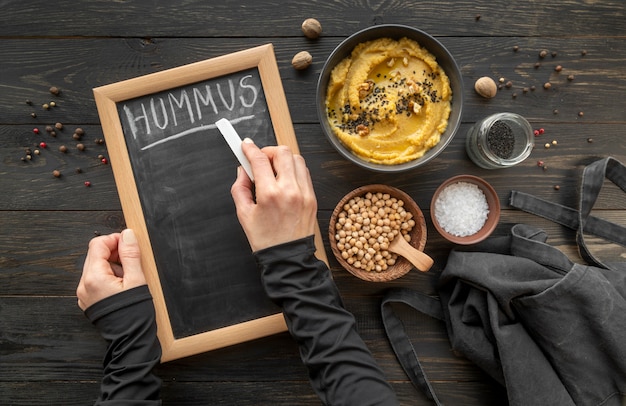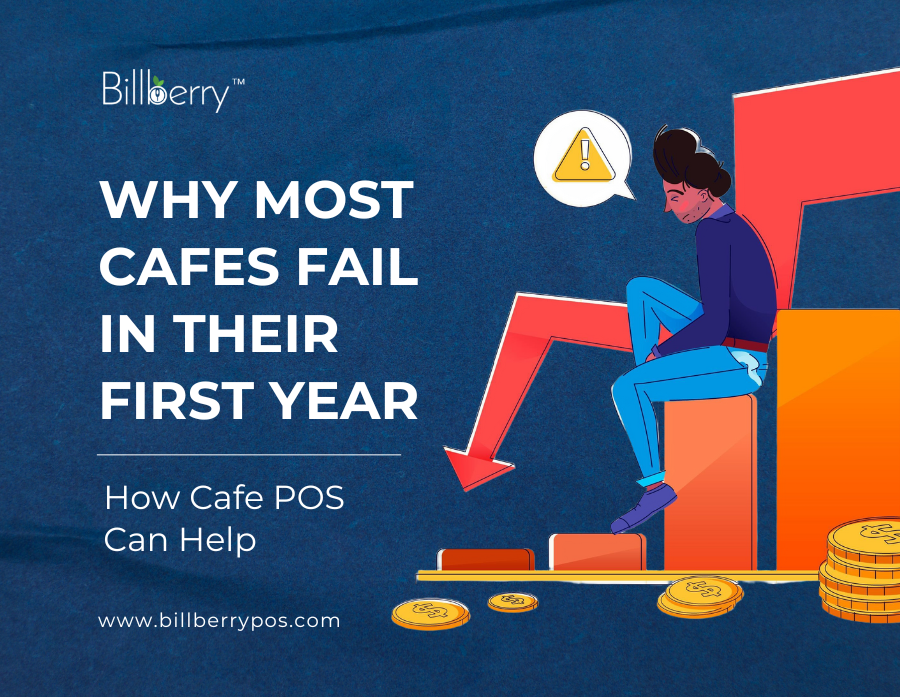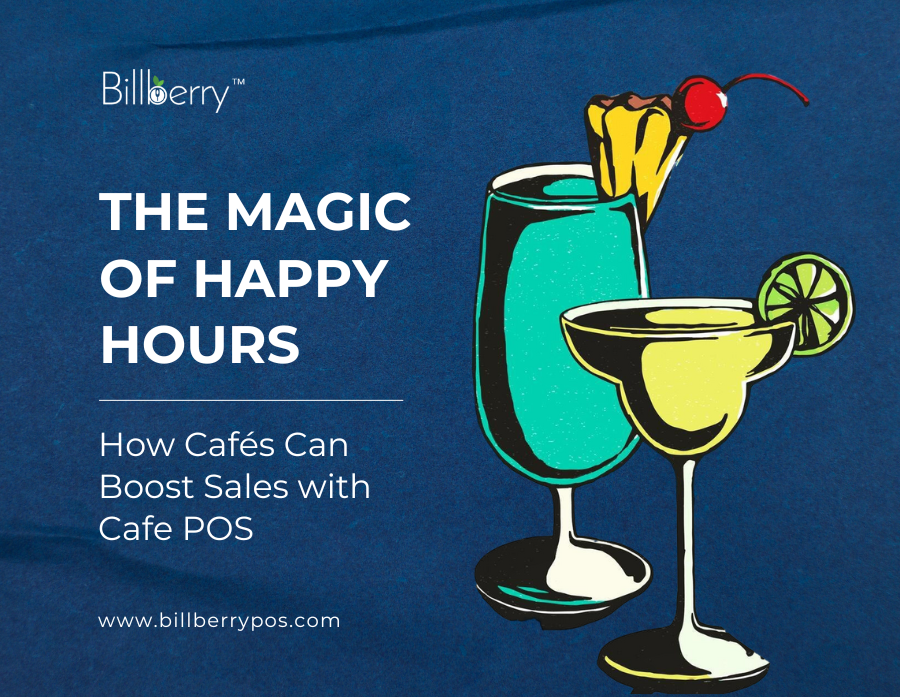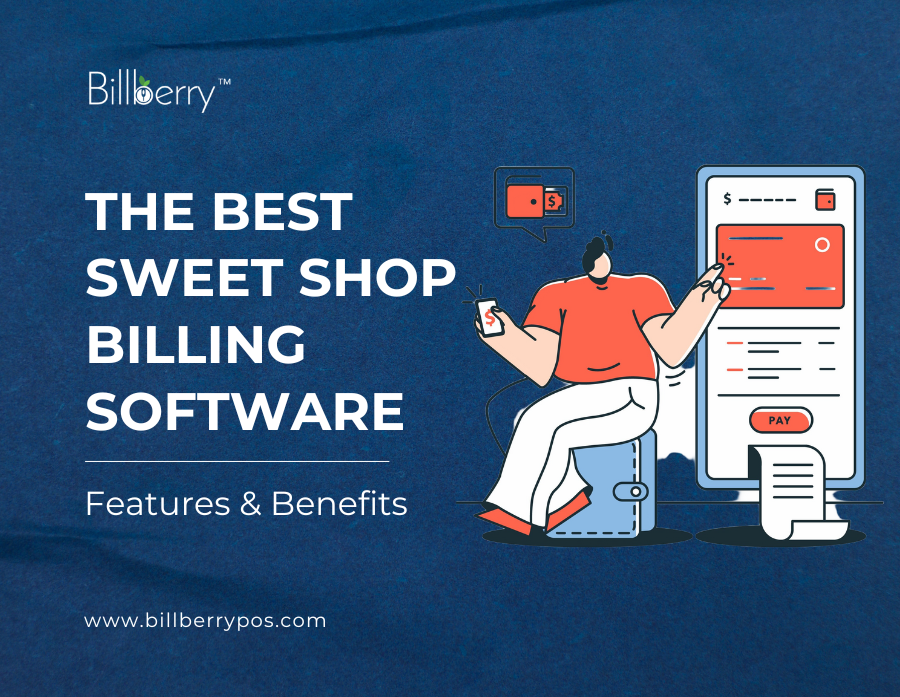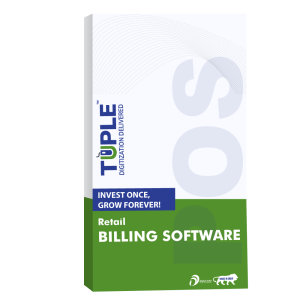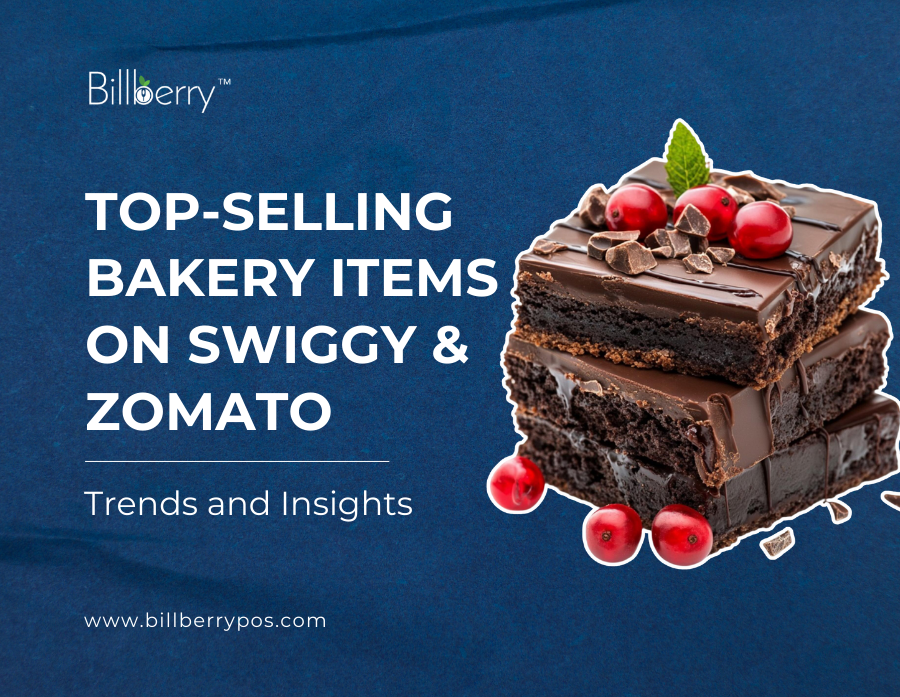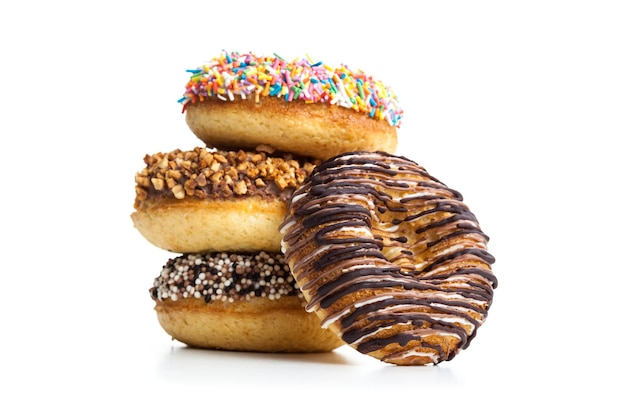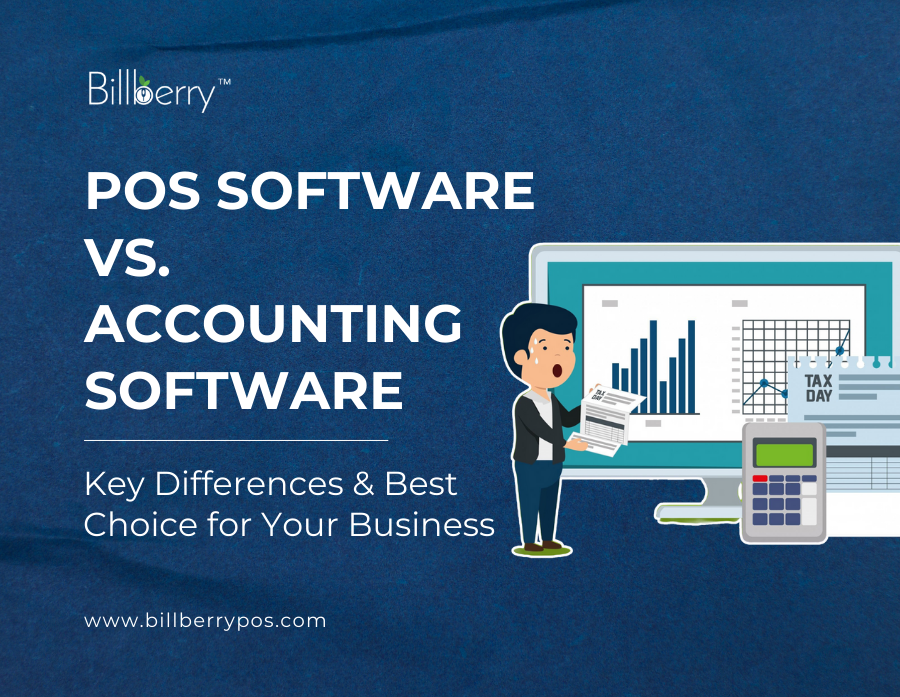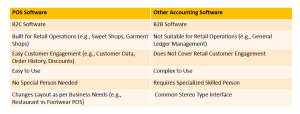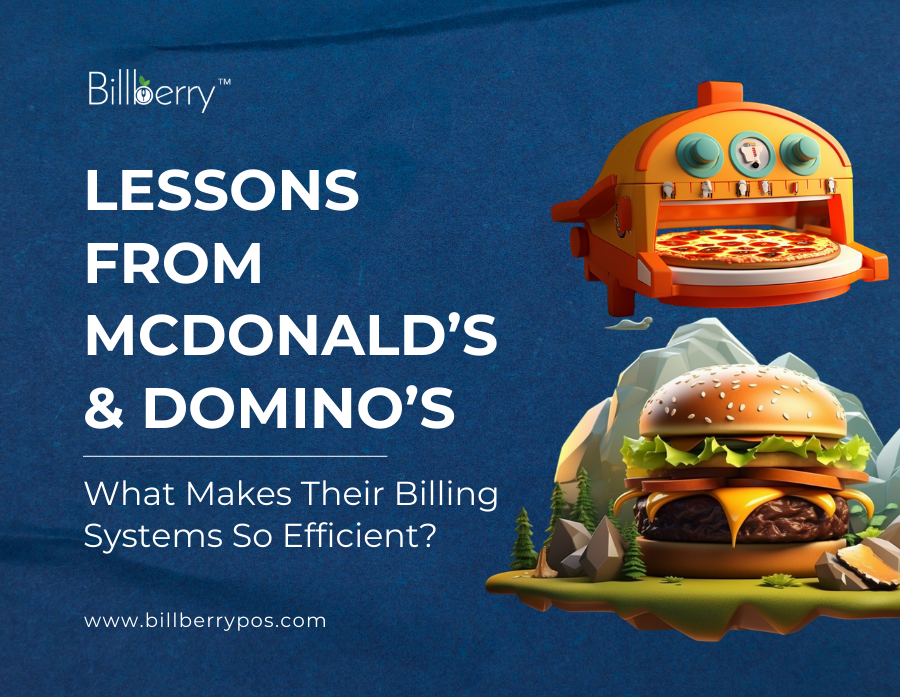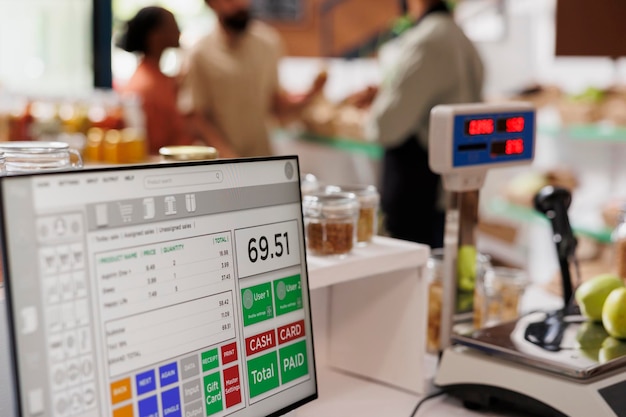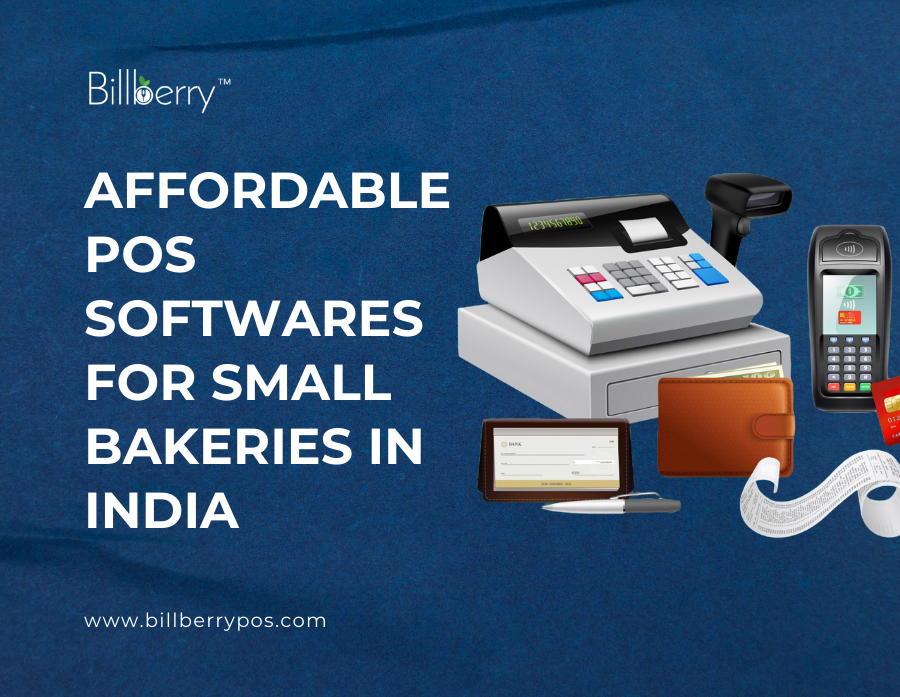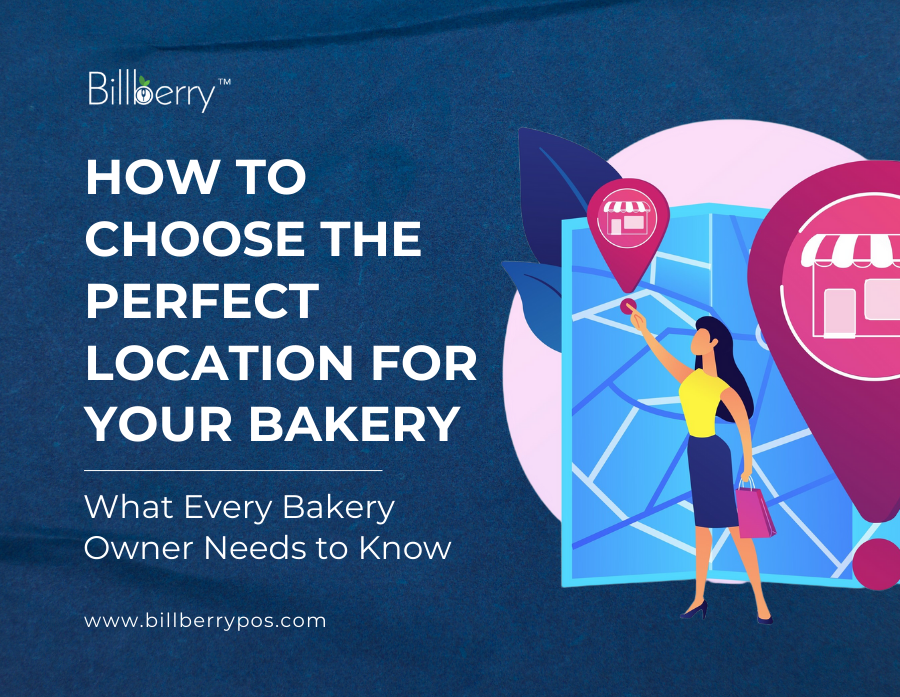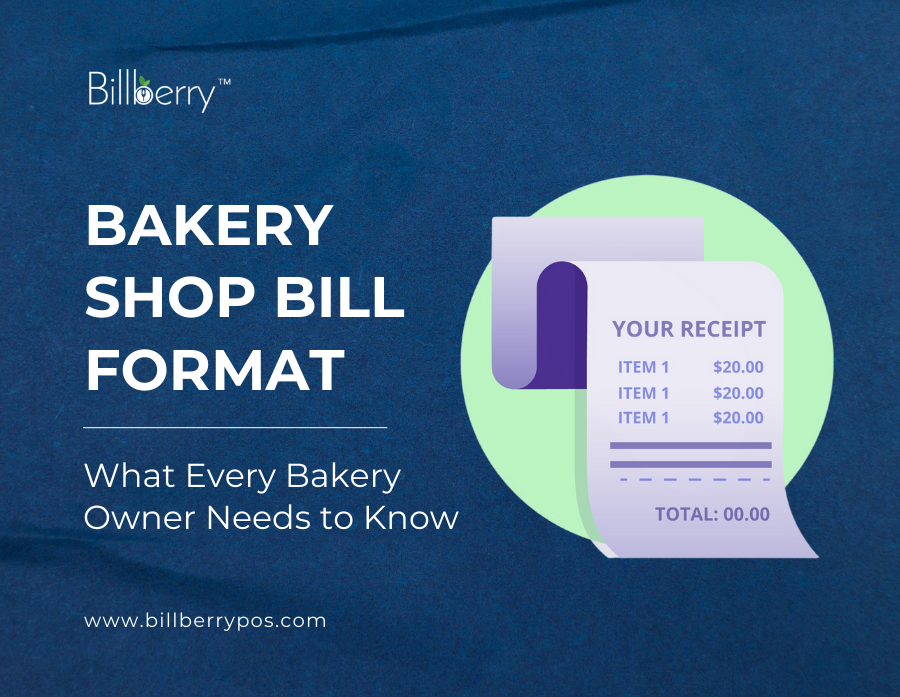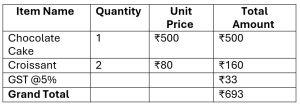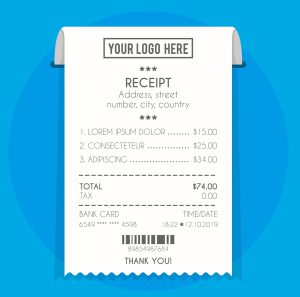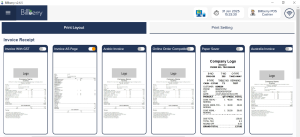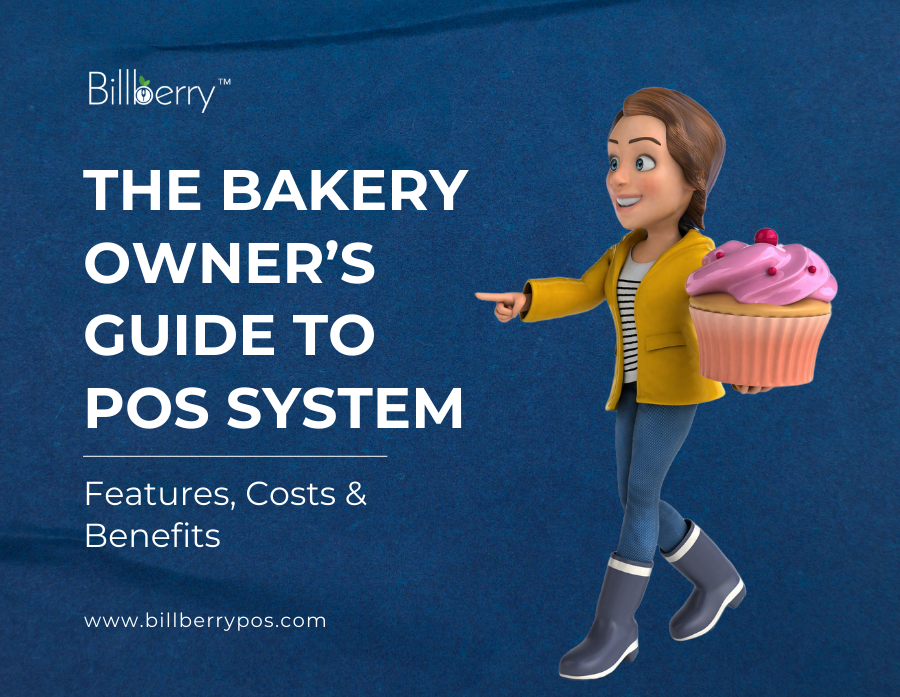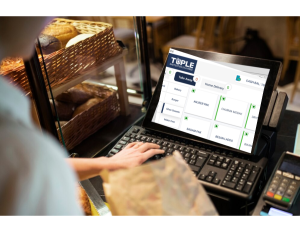There’s something about the phrase “happy hour” that brings an instant smile to people’s faces. It signals an opportunity to unwind, connect, and indulge—all while saving a few bucks. Traditionally associated with bars and pubs, happy hour is now making waves in the café industry. Cafés across the globe are tapping into this golden window of opportunity to boost sales, attract customers, and solidify their presence in the market.
But a successful happy hour isn’t just about slashing prices on lattes and croissants. It requires strategy, the right marketing approach, and most importantly, a robust Cafe POS system to ensure smooth execution.
Let’s dive into how cafes can leverage happy hour specials to their advantage while using Cafe POS to drive efficiency and maximize profits.
Happy Hour: More Than Just Discounts

At its core, happy hour is a promotional strategy where food and drinks are offered at reduced prices for a specific timeframe. Typically, bars and restaurants use it to fill seats during off-peak hours. However, café happy hours are proving to be just as effective, bringing in morning commuters, remote workers, and students looking for a quiet yet affordable workspace.
According to a study by Nielsen, 60.5% of average weekly sales at bars and restaurants come from happy hour specials. Imagine the impact if cafés could tap into even a fraction of this revenue.
A well-planned menu can help cafes:
1. Increase foot traffic during traditionally slow hours
2. Boost check size growth with upselling strategies
3. Improve customer engagement and loyalty
4. Attract new customers and turn them into regulars
5. Enhance brand visibility through social media and word-of-mouth marketing
Why Cafés Should Embrace These Promotions
Think about it, a cafe is already a social hub where people gather for casual meetings, work sessions, or simple relaxation. By offering happy hour deals, you not only give them another reason to visit but also encourage repeat business.
A 2019 study from the National Restaurant Association revealed that 43% of customers see happy hour as a way to relax, while 23% use it to connect with colleagues. Cafés can capitalize on this by curating a happy hour menu that caters to different demographics, such as remote workers, students, and casual visitors.
Some creative happy hour ideas for cafes include:

1. Discounted Drinks: Offer a buy-one-get-one-free deal on cappuccinos or lattes during off-peak hours.
2. Food Specials: Pair coffee with a pastry at a reduced rate.
3. Non-Alcoholic Options: Tap into the growing market of health-conscious consumers by promoting mocktails, smoothies, or wellness teas.
4. Late-Night Happy Hour: Many cafes experience slow evenings. Offering special pricing on desserts and warm drinks can lure in the post-dinner crowd.
Also Read: Affordable POS Softwares for Small Bakeries in India
How to Choose the Perfect Location for Your Bakery
10 Affordable Food Franchise Under 2 Lakhs in India
Happy Hours Offer Ideas
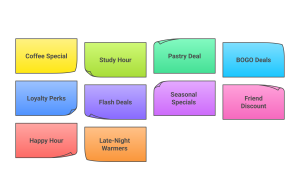
A well-crafted offer can transform a slow period into one of the most profitable times of the day. Here are some innovative happy hour ideas that cafes can implement to maximize foot traffic and customer satisfaction:
1. Coffee Lovers Special
Encourage repeat visits by offering a discount on a second cup of coffee within the same visit. This is especially effective for remote workers or students who spend long hours at the café.
2. Student Study Hour
Create an inviting space for students by offering special deals during study hours. Discounted coffee, tea, and snacks can attract young customers looking for a comfortable place to study.
3. Pastry Pairing Deal
Pair a hot drink with a pastry at a reduced rate. This not only encourages food sales but also introduces customers to new menu items they may not have otherwise tried.
4. Buy One, Get One Free (BOGO) Deals
A classic happy hour strategy, offering a free drink or snack with the purchase of another encourages customers to bring friends, increasing the overall number of transactions.
5. Loyalty Perks for Regular Customers
Introduce a reward-based happy hour program where customers who visit during happy hour multiple times a week get a free drink or discount on their next purchase.
6. Flash Deals Announced on Social Media
Keep customers engaged by posting limited-time happy hour discounts on social media. This creates a sense of urgency and excitement, encouraging more foot traffic.
7. Seasonal Specials
Offer limited-time drinks and treats based on the season. Pumpkin spice lattes in the fall, iced fruit teas in the summer, or peppermint mochas in the winter can make happy hours more appealing.
8. Bring a Friend Discount
Customers who bring a friend along during happy hour get an additional discount. This helps increase the average order size while also encouraging new customer acquisition.
9. Happy Hour Subscription
Offer a fixed-price subscription where customers can enjoy unlimited coffee refills within a specific happy hour time slot. This is ideal for remote workers who spend long hours in cafes.
10. Late-Night Warmers
Encourage night-time visitors by offering discounted hot chocolate, teas, and desserts for evening customers. This strategy is particularly effective for cafes that stay open later and want to attract post-dinner crowds.
10 Proven Strategies to Plan and Execute For Cafe Owners
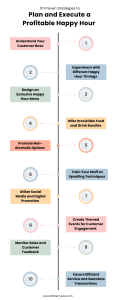
1. Understand Your Customer Base
Knowing your audience is crucial. Analyze customer preferences using Cafe POS reports to determine the most popular drinks, snacks, and promotional timings. If your customer base includes students, offering study-friendly deals with coffee refills might work well. If it’s professionals, an after-work cafe happy hour menu featuring light snacks and tea-based cocktails may be the best approach.
2. Experiment with Different Happy Hour Timings
The traditional 4-7 PM slot isn’t the only option. Test different time slots like mid-morning happy hours with discounted espressos for early risers or late-night happy hours with dessert and coffee combos for night owls. Cafe POS analytics can help track which time slots generate the most traffic.
3. Design an Exclusive Happy Hour Menu
A specialized happy hour menu creates exclusivity and drives customer interest. Feature high-margin items such as gourmet pastries, limited-time seasonal drinks, and curated food pairings. Additionally, promote locally sourced ingredients to add authenticity and appeal.
4. Offer Irresistible Food and Drink Bundles
Instead of simply discounting coffee, bundle it with a complementary item like a croissant or muffin. Cross-selling discounted drinks and food specials encourages customers to spend more while feeling like they are getting a great deal.
5. Promote Non-Alcoholic Options
The demand for low- and zero-alcohol drinks is increasing, with a projected growth rate of 32% from 2018-2022. Offer craft mocktails, cold brew infusions, and herbal teas to cater to the growing audience of health-conscious consumers and designated drivers.
6. Train Your Staff on Upselling Techniques
Your staff should be well-versed in upsell strategy tactics. For example, they can suggest premium add-ons like an extra espresso shot, flavored syrups, or dessert pairings. An incentivized program for staff members who excel in upselling can further boost effectiveness.
7. Utilize Social Media and Digital Promotion
Social media promotion is essential for a successful happy hour marketing strategy. Leverage platforms like Instagram, Facebook, and TikTok to showcase happy hour deals. Engage with customers by running contests, influencer collaborations, and live promotions.
8. Create Themed Events for Customer Engagement
Boost engagement by incorporating themed happy hour nights such as “Trivia Tuesdays,” “Board Game Wednesdays,” or “Latte Art Contests.” These interactive experiences encourage customers to stay longer and spend more.
9. Monitor Sales and Customer Feedback
Regularly track POS reports to assess which deals are working and adjust pricing accordingly. Conduct customer surveys to get direct feedback on preferred offerings and tailor future happy hour promotions accordingly.
10. Ensure Efficient Service and Seamless Transactions
A well-executed happy hour can bring a surge of customers, making speed and efficiency key factors. A reliable Cafe POS system automates discounts, processes orders quickly, and prevents bottlenecks in service, ensuring a smooth experience for both staff and customers.
Final Thoughts: The Future of Happy Hour in Cafes

Happy hour is no longer just a discount-driven gimmick—it’s a powerful business strategy. By leveraging Cafe POS technology, businesses can create a structured approach to boost revenue, build customer loyalty, and optimize operations. The future of happy hour promotions lies in innovation, personalization, and digital marketing. Cafes that adapt will thrive, turning happy hour into a key driver of success.
Happy hours are more than a way to boost revenue—they create memorable experiences for customers. When executed effectively, happy hours become a vital part of brand identity and customer engagement. By incorporating creative offers, real-time analytics, and streamlined POS solutions, cafes can build long-term relationships with their customers, ensuring that they return beyond just the promotional hours.
Moreover, as customer preferences evolve, cafes must stay ahead of trends by continuously experimenting with seasonal promotions, unique deals, and enhanced service experiences. Combining affordability with exclusivity makes customers feel valued, keeping them engaged and eager for more.
So, if you own a cafe, it’s time to rethink your business strategy and make the most of these promotions. Because when done right, happy hour isn’t just happy for customers—it’s profitable for you too.
Ready to take your cafe to the next level?
Explore how a modern Cafe POS like Billberry POS can revolutionize your business today!
Book Your Free Demo with BillBerry POS.

